In our Field Guide series, we’re offering quick tips you can use on the water to catch more fish on the fly, species-by-species. In this edition: the adrenaline rush known as the redfish.
On paper, it seems like the redfish was put on this earth for anglers. This may be a myopic way of looking at it, but it makes sense when you think about what it offers: accessibility, action, challenge, natural beauty, you name it.
The redfish is known for its striking coloration and spotted tail, as well as for its tendency to cruise in shallow salt flats, ready for fly anglers to drop a crab imitation in front of its face. They can grow to 50+ pounds and, if you’re interested in the culinary side, are one of the best saltwater species for the grill.
Long story short: Redfish are awesome. In this field guide, we’ll offer up a few tips for targeting it with a fly rod, and what sort of techniques you can use to get in on the action.
What is a Redfish?
Redfish, also known as red drum, is one of the most commonly targeted saltwater species in the United States. They’re prolific in the Atlantic Ocean, found in waters as far north as Massachusetts all the way down to the Gulf of Mexico. As the name implies, they’re known for their red coloration, which carries a silvery sheen along with it. Most notable, perhaps, is the black spot on their tail, which can be spotted as they’re feeding in shallow water.
Where to Find Them:
While redfish exist in many different environments across the Atlantic, they’re most often targeted by fly anglers in shallow coastal waters, inlets, bays, and marshes. They’re known to spawn in shallow waters during the fall, from August through October, but can be found year-round in most shallow saltwater environments. For most fly anglers, the prime environment to target redfish is in saltwater flats, where the fish can be seen “tailing” in mere inches of water as they feed on crabs, shrimp, and small baitfish.

When to Target Them:
As we mentioned before, the fall is prime time to target large redfish (a.k.a. “bull reds”) because they’re moving into shallow water for the spawning season. However, redfish in the southern and southeastern U.S. are year-round residents in shallow water.
The biggest factor for redfish is not necessarily the time of year, but more so the water conditions. Because they’re easiest to target in shallow water near the coast, the clarity of the water, wind conditions and even salinity can make a big difference. Much like carp fishing, the conditions are less dependent on the fish, and more dependent on the angler’s ability to target those fish. Try to plan for times when the water clarity is good and the winds won’t be whipping you around the bay. Also, after heavy rains, the water runoff may reduce the water salinity, moving fish to deeper water and making them more difficult to track down.
The optimal conditions for redfish in shallow water are sunny days, clear water, and low wind. That being said, even slight improvements in conditions can turn your day around, so don’t cancel a trip if the weather or environment isn’t optimal.
How to Fish For Them:
There are countless techniques for targeting redfish because they exist in deep coastal waters, around jetties, in marshes, channels, flats, and more. Anglers use bait, lure, flies, you name it. But, for fly anglers, most dream of days chasing tailing reds on the flats. There’s nothing more exciting than dropping a fly in front of a fish you’ve spotted and stalked across a bay, only for it to fight like a freight train. If water conditions are right, this is the place to start.
You can wade in shallow coastal waters, but it’s not optimal because sandy bottoms can make it difficult. If you choose to wade, it’s best to wear some sort of protective boots in case you step on a stingray or the more likely chance of cutting your feet up on oyster beds. If you have access to a boat, kayak, or a guide with either, that’s the best way to target redfish because you’ll be able to cover ground easily and spot fish from a reasonable distance.

Once on the water, look for grassy areas or oyster beds. Redfish like to feed on baitfish, crabs, and shrimp, all of which can be found cruising through these areas. Look for actively feeding fish, which should be spotted by their tails or by a violent thrashing in the water. You’ll need to be accurate with your cast, dropping the fly within 6 to 8 inches of the fish’s mouth. If conditions aren’t right to spot fish, try blind casting against oyster beds, in the openings of small channels, and in deeper cuts. Retrieve your fly appropriately for the fly you’re using—fast for a baitfish, or slower and twitchy of shrimp or crabs.
If you’re not spotting them, redfish can be difficult to find, but not impossible. Try to narrow your search down to a type of area (channel, weeds, oyster beds, etc.), test it, then move on if it’s not working. If you do find something that works, chances are you’ve found your formula for the day.
Gear to Use:
While a 5- or 6-weight rod could technically handle most redfish, you’ll want an 8-weight to 10-weight rod in most instances, due to the fact that high winds are more likely on the coast and you could be casting distances up to 50 or even 60 feet in some cases. Our pick is either the 8-weight, 9-foot Outcast, or 8-weight, 9-foot Vesper. Both have the backbone to cut through the wind as well as the delicacy to not spook a feeding red—plus they have corrosion-resistant components to withstand salty conditions.
Other than that, you’ll simply need a reel and fly line to match—weight-forward lines are fine and can turn over flies in windy conditions. A kayak or boat will make for a much better time on the water—or be sure to invest in some sturdy wading boots if you’re going on foot. Lastly, polarized sunglasses are a must if you’re spotting fish in sunny conditions.

Our Top 5 Flies for Redfish:
Redfish aren’t the pickiest eaters. If a realistic-looking crab, shrimp, or baitfish is presented properly, they’re probably going to hit it. When selecting a fly, try to match the conditions as close as possible and choose colors that will be visible, but not too visible. In muddy conditions, black and chartreuse are great choices, but on clear, sunny days, you’ll probably be fine with more natural colors—brown, orange, yellow, and green. Here are a few of our favorite patterns:
- Clouser Minnow, Size 2-6
- Borski’s Bonefish Slider, Size 4
- Shrimp Tease, Size 2
- Triple Threat Flats Crab, Size 2
- Chicone’s Finger Mullet, Size 2/0


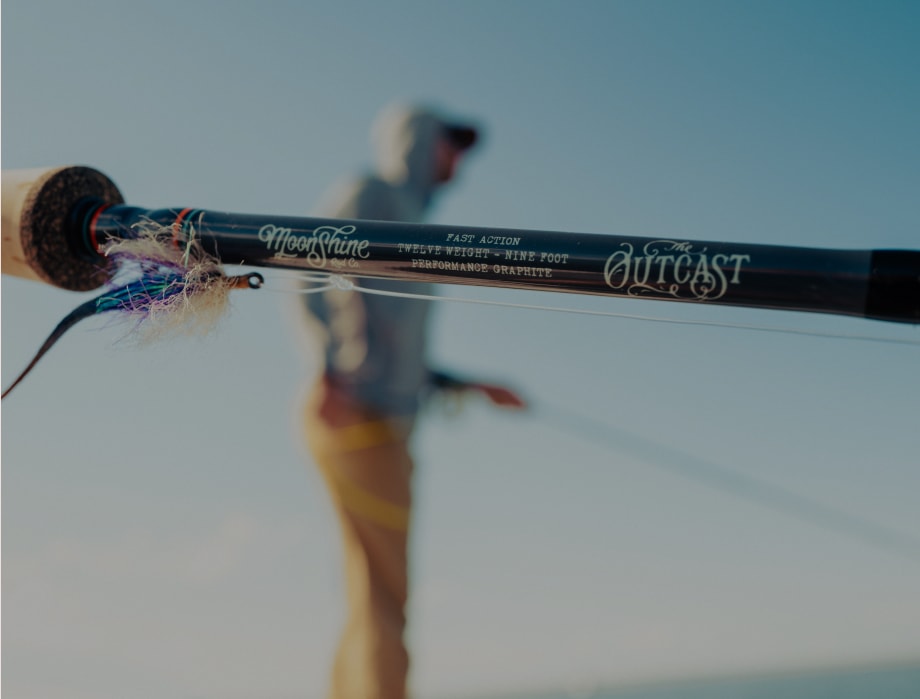
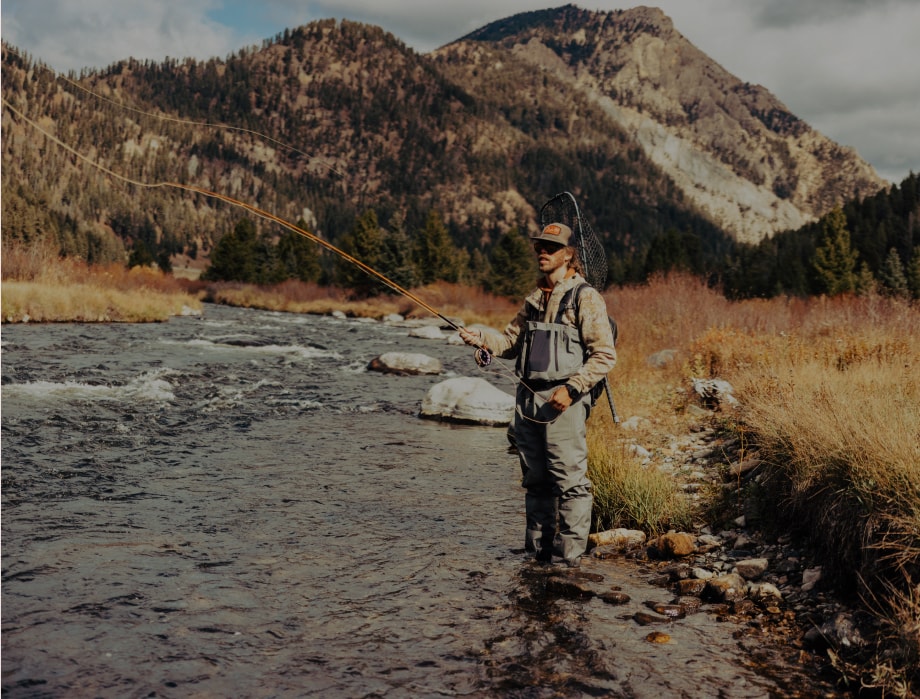
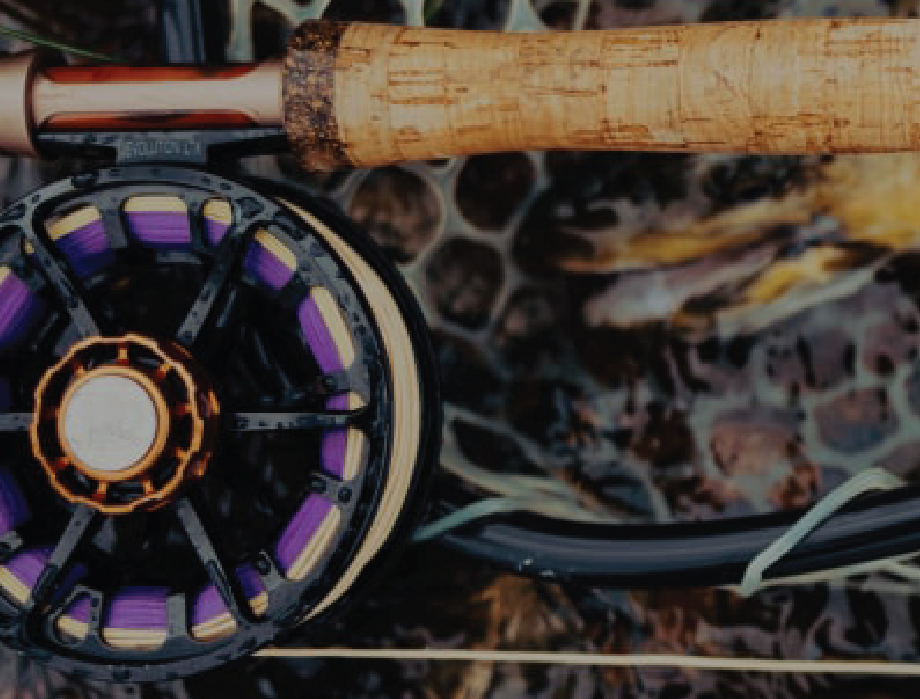



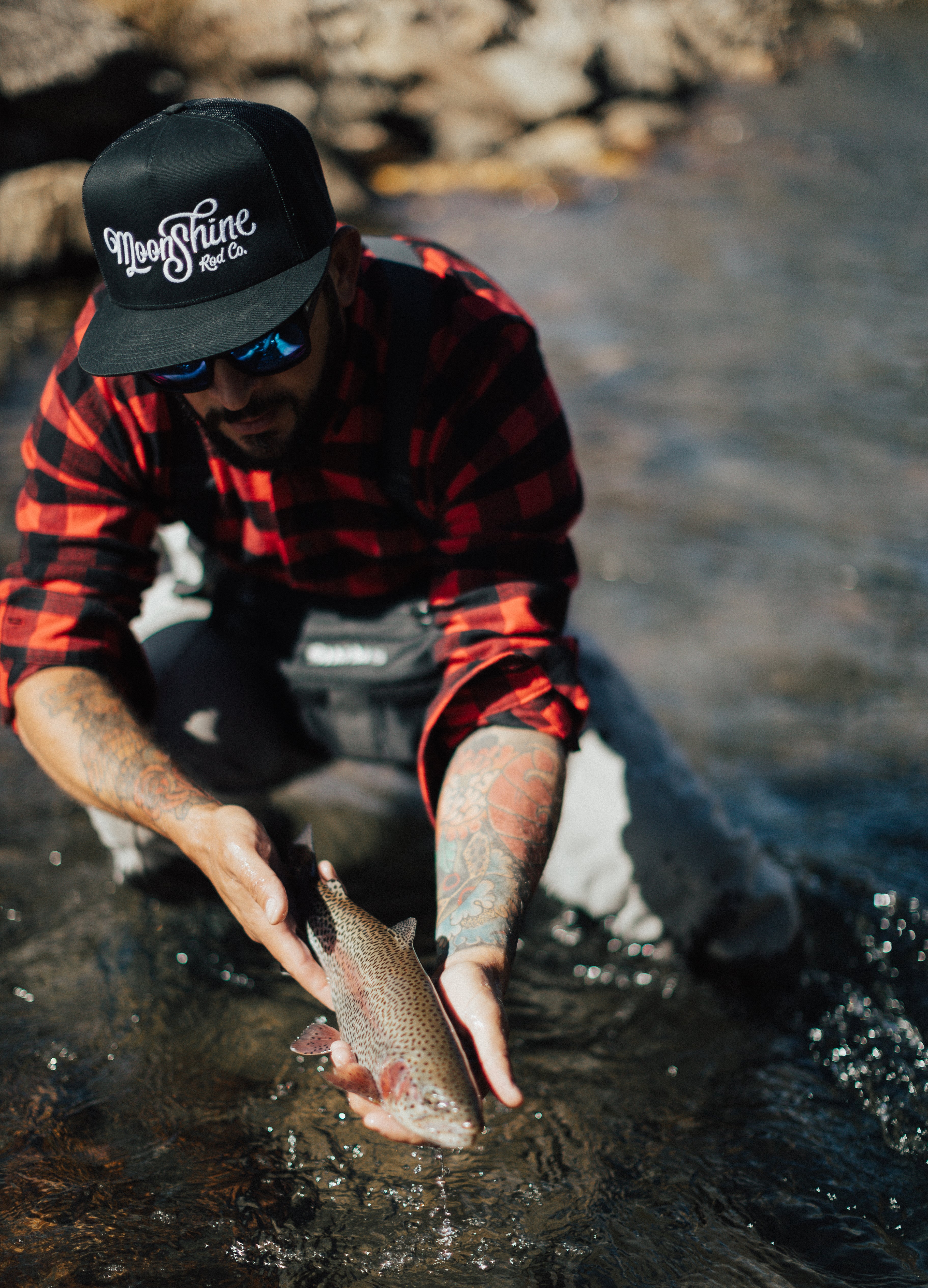
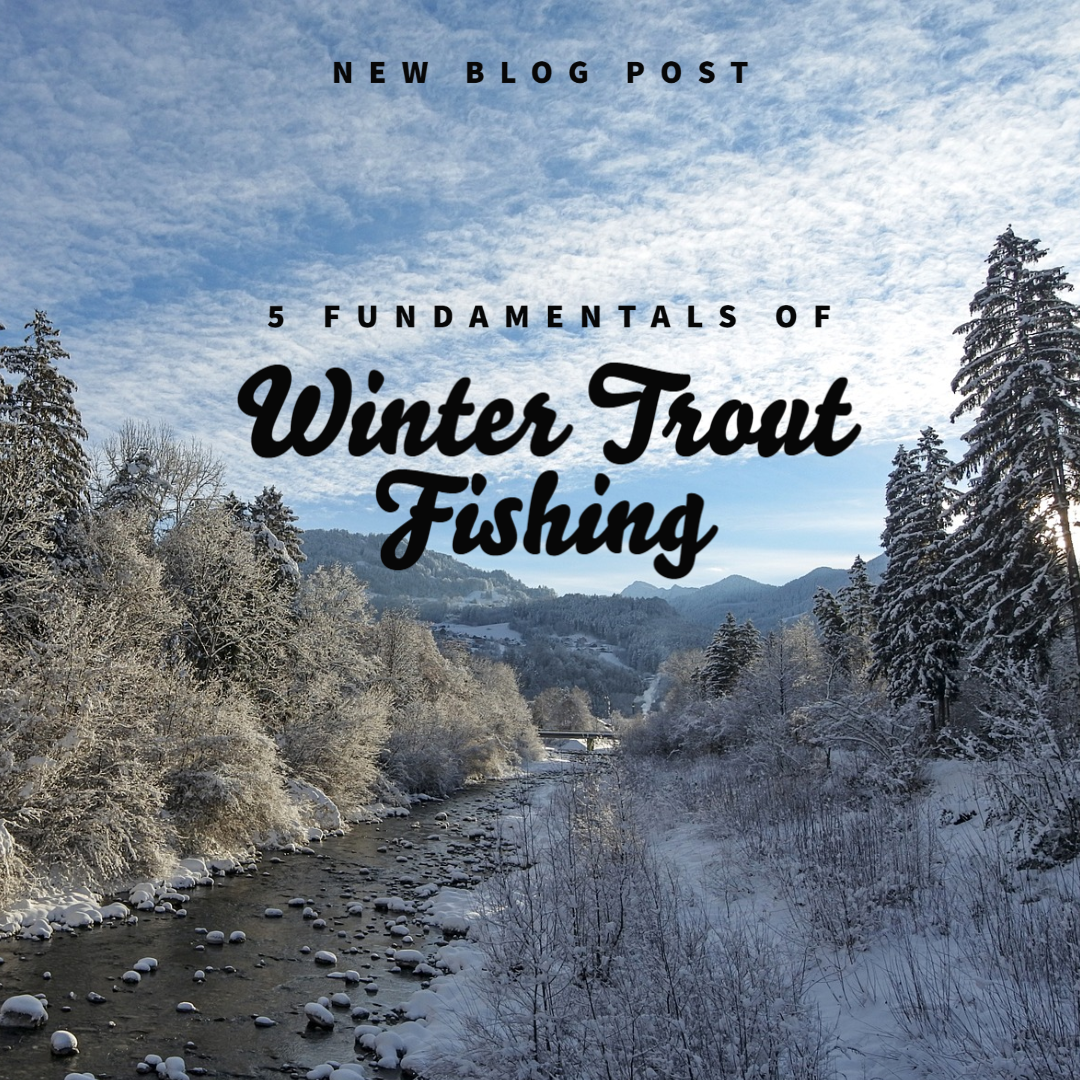
1 comment
Gary Adams
Have you done a similar article on Steelhead?
Leave a comment
All comments are moderated before being published.
This site is protected by hCaptcha and the hCaptcha Privacy Policy and Terms of Service apply.